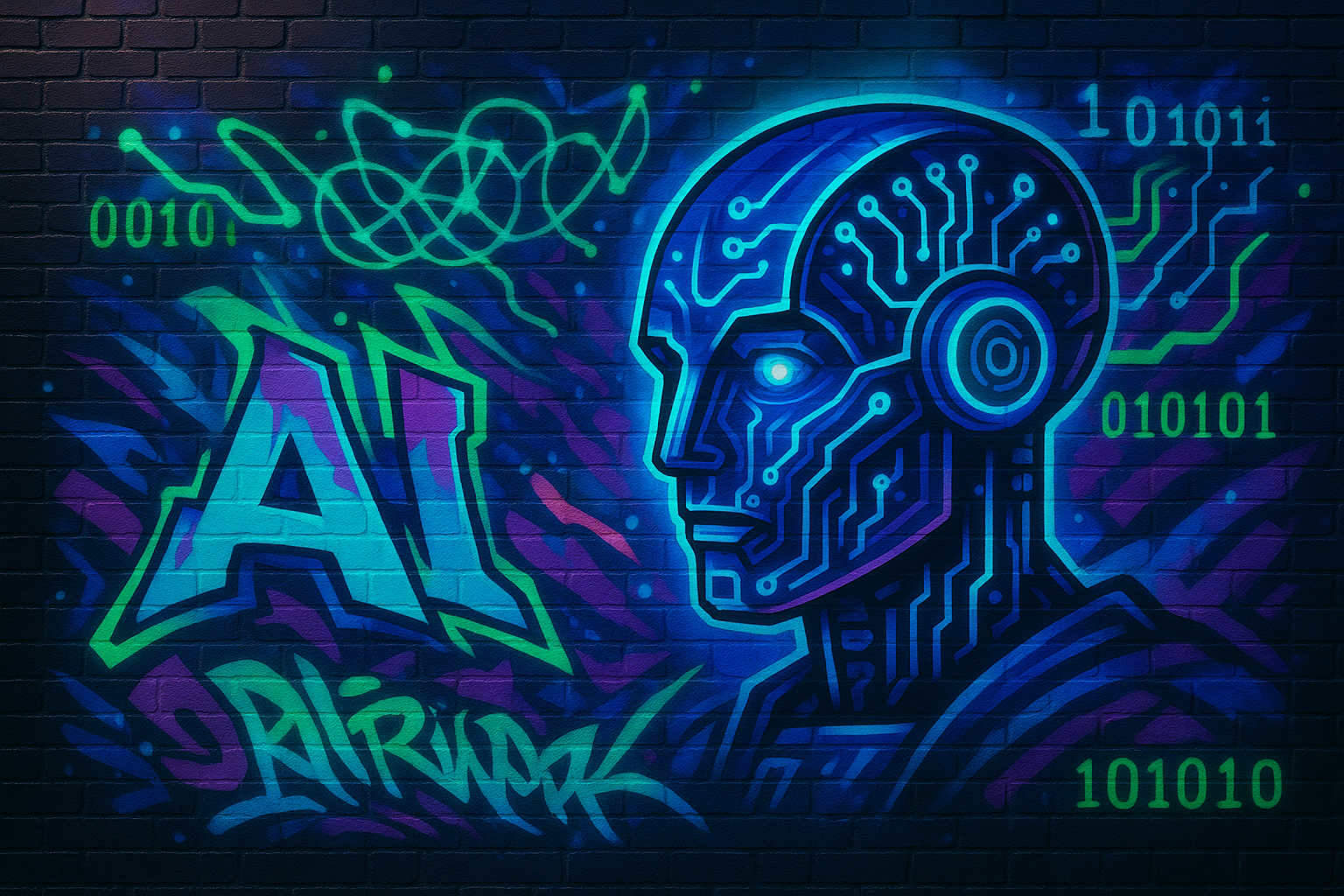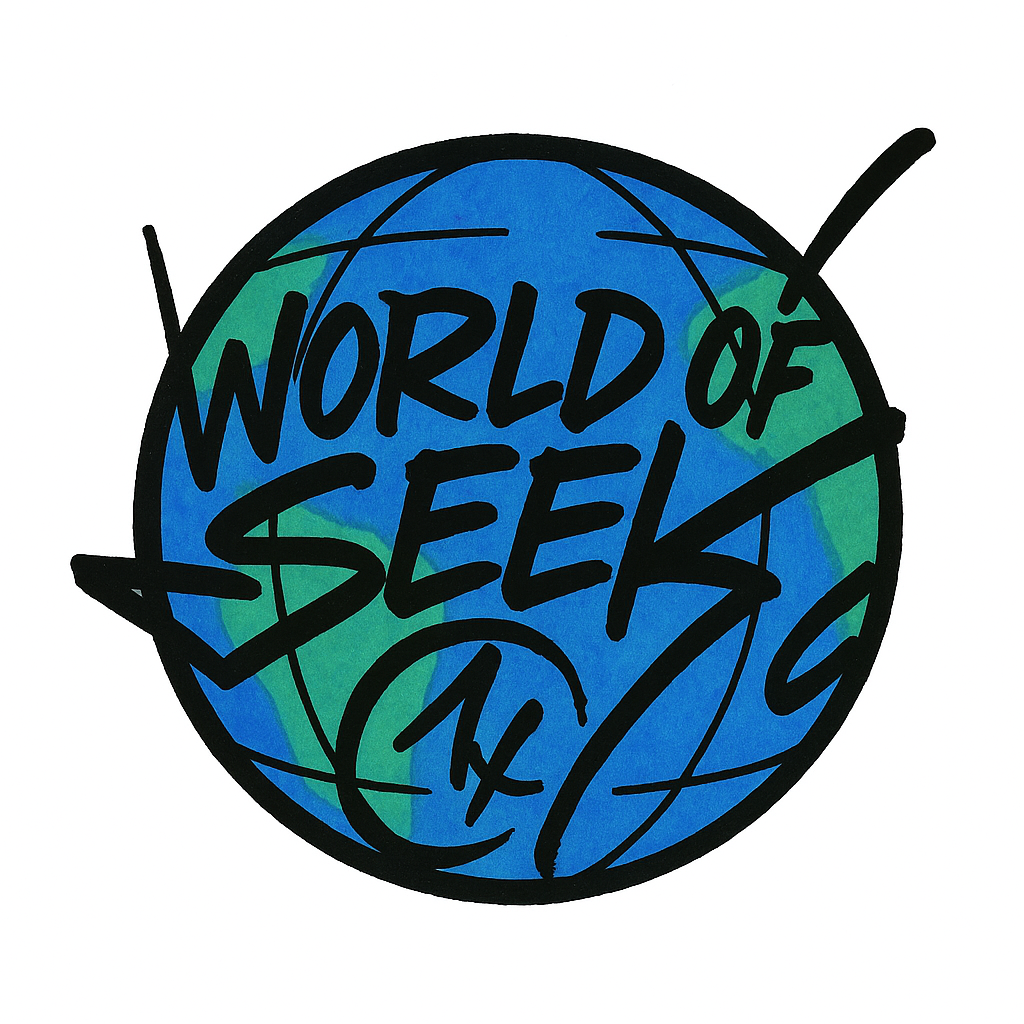 Above: AI-generated imagery is flooding social platforms and online galleries. But can it replace the human touch?
Above: AI-generated imagery is flooding social platforms and online galleries. But can it replace the human touch?
Over the last year, I’ve gotten a lot of questions from collectors and fans: “What do you think of AI art?” It's a conversation that’s impossible to ignore—and one I’ve spent a lot of time thinking about as an artist who blends fine art with street culture.
Let me be clear: I’m not afraid of AI. But I can't hand it the spray can either.
My work is built on physical energy—scraped surfaces, torn posters, layered imagery, and paint that’s been pushed until it says something deeper. There’s a kind of soul that comes from touching every piece with your hands. Can a prompt replicate that? I’m not convinced.

In the studio: every layer tells part of the story. This kind of physicality can't be rendered by code.
That said, I’ve tested the waters. I’ve played with AI-generated visuals—just to see what it can do. Sometimes it spits out unexpected combinations that get my mind going. I’ve even pulled elements from those digital collages into rough drafts. But for me, AI is a sketchbook and a tool to help provoke inspiration —not the artist though.
Still, the market is evolving. When Christie’s sold an AI-generated portrait for $432,500, it opened a floodgate. Now, entire NFT collections are being created with machine learning. And apps like Midjourney and DALL·E are allowing people to generate “art” in minutes.
This raises a bigger question: What makes something truly original or valuable anymore?
My answer: people don’t just collect images—they collect stories, emotion, and point of view.
When I create a piece, I’m channeling a lifetime of influences: Warhol, Basquiat, Shepard Fairey, hip hop, skate culture, and the spirit of the street. You can’t code that.

Human-made layers carry memory, tension, and intent. Every piece has a story.
That doesn’t mean I see AI as the enemy. It's opening doors for young creators who don’t have access to a full studio or traditional tools. And that’s a good thing. It’s pushing visual boundaries and giving us all something to respond to.
But as an artist, my role isn’t just to generate—it’s to reflect and live through my work. Machines can mimic style, but they don’t have skin in the game.
So is AI a threat?
Not if we keep creating from a place of purpose.
As long as there’s emotion in the art, there’s no substitute for the human fingerprint.
— Seek
Want more behind-the-scenes content and collector exclusives?
Sign up for my mailing list


